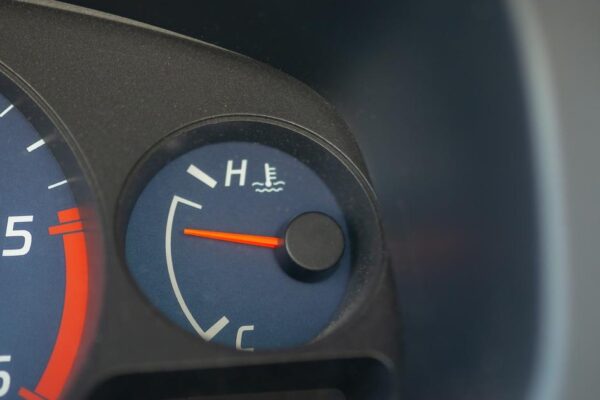Diagnosing and Resolving Car Overheating Issues

A car overheating can be a cause for concern, as it indicates a potential problem with the engine’s cooling system. Addressing this issue promptly is crucial to prevent severe engine damage. In this article, we will explore the steps to diagnose and resolve a car overheating problem, helping you maintain optimal engine health and performance.
Diagnosing the Issue:
- Check the Coolant Level: Begin by inspecting the coolant reservoir and ensure that the coolant level is within the recommended range. Low coolant levels can lead to inadequate cooling and overheating. If necessary, top up the coolant with the appropriate mixture of coolant and water.
- Inspect for Coolant Leaks: Look for signs of coolant leaks under the car or around the engine compartment. Leaks can cause a loss of coolant, resulting in insufficient cooling capacity. If you notice any leaks, have them repaired immediately to prevent further overheating.
- Examine the Radiator: Inspect the radiator for any blockages or damage that may impede proper cooling. Check for debris, dirt, or bugs that might be obstructing the radiator fins. Clean the radiator using compressed air or a soft brush to remove any buildup that restricts airflow.
- Verify the Thermostat Function: The thermostat regulates the engine’s operating temperature. If it fails to open properly, it can cause overheating. Have a professional mechanic test the thermostat’s functionality and replace it if necessary.
- Assess the Water Pump: The water pump circulates coolant throughout the engine. A malfunctioning water pump can result in inadequate coolant flow and overheating. If the water pump shows signs of leakage or has a worn-out bearing, it should be replaced.
Resolving the Issue
- Allow the Engine to Cool Down: If your car is overheating, pull over to a safe location and turn off the engine. Allow it to cool down before attempting any further troubleshooting or repairs.
- Add Coolant: Once the engine has cooled, check the coolant level and top up if needed. Use the recommended coolant type specified in your vehicle’s manual.
- Check the Radiator Fan: Ensure that the radiator fan is functioning correctly. The fan should activate when the engine reaches a certain temperature. If the fan is not working, it may need to be replaced.
- Flush the Cooling System: Over time, coolant can become contaminated, hindering its effectiveness. Consider flushing the cooling system periodically to remove debris and old coolant, and replace it with fresh coolant.
- Seek Professional Assistance: If you are unable to identify or resolve the overheating issue, it is advisable to consult a qualified mechanic. They have the expertise and diagnostic tools to pinpoint the underlying cause and perform necessary repairs.

